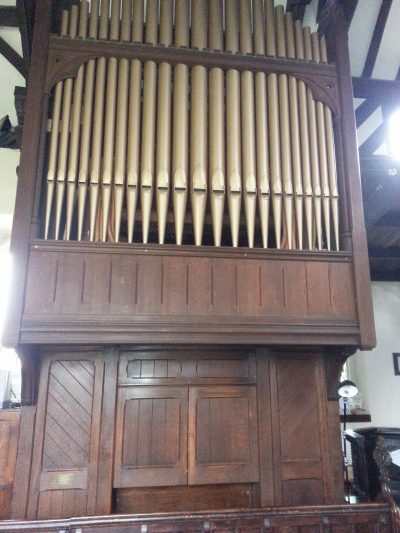Millennium Tapestry
Situated on the west wall above the Vestry door. It was researched and designed by Mrs. Thelma Peake and produced by St. Margaret’s Tapestry Group. It was inspired by the hymn ‘It came upon the midnight clear’ using the lines:
“Beneath the angel-strain have rolled
Two thousand years of wrong;
O hush the noise of mortal strife
And hear the angels sing!”
It tells the story of the spread of Christianity from Bethlehem to Betley.
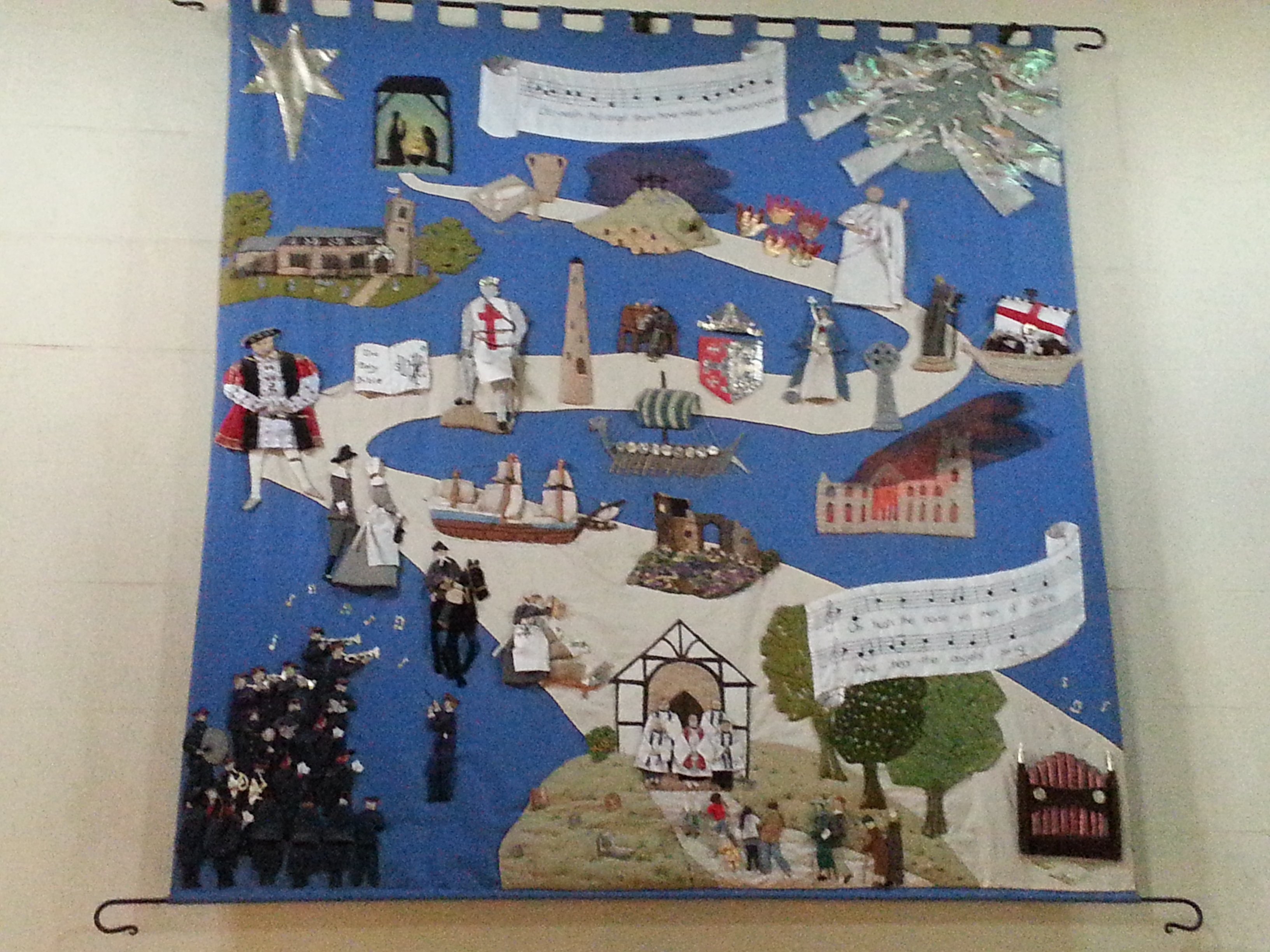
1
Beneath the angel-strain have rolled Two thousand years
Taken from "It came upon a midnight clear".
Yet with the woes of sin and strife The world has suffered long; Beneath the angel-strain have rolled Two thousand years of wrong; And man, at war with man, hears not The love-song which they bring; O hush the noise, ye men of strife, And hear the angels sing.
2
Angels

3
Star

4
Nativity
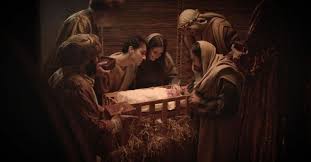
5 The Last Supper is the final meal that, in the Gospel accounts, Jesus
shared with his Apostles in Jerusalem before his crucifixion.
The Last Supper is the final meal that, in the Gospel accounts, Jesus
shared with his Apostles in Jerusalem before his crucifixion.
The Last Supper
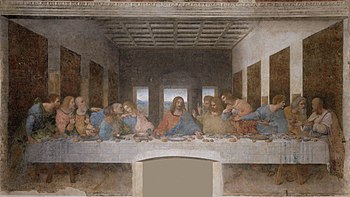 The Last Supper is the final meal that, in the Gospel accounts, Jesus
shared with his Apostles in Jerusalem before his crucifixion.
The Last Supper is the final meal that, in the Gospel accounts, Jesus
shared with his Apostles in Jerusalem before his crucifixion.6
Calvary
Calvary is the hill in Jerusalem where Jesus was crucified.
7 Pentecost (which comes from the Greek word for ‘fiftieth’)
has its roots in the Jewish Feast of Weeks.
Jesus had promised his followers that, although they
would not see him after his Ascension, they would receive
the Holy Spirit to guide and inspire them.
The Acts of the Apostles describes how the crowds
gathered in Jerusalem – representing many nationalities
and speaking many languages – were able to hear the
disciples preaching in their own language.
Pentecost (which comes from the Greek word for ‘fiftieth’)
has its roots in the Jewish Feast of Weeks.
Jesus had promised his followers that, although they
would not see him after his Ascension, they would receive
the Holy Spirit to guide and inspire them.
The Acts of the Apostles describes how the crowds
gathered in Jerusalem – representing many nationalities
and speaking many languages – were able to hear the
disciples preaching in their own language.
Pentecost
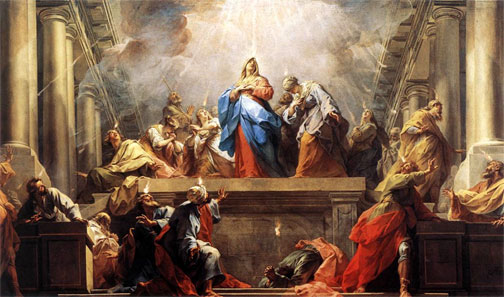 Pentecost (which comes from the Greek word for ‘fiftieth’)
has its roots in the Jewish Feast of Weeks.
Jesus had promised his followers that, although they
would not see him after his Ascension, they would receive
the Holy Spirit to guide and inspire them.
The Acts of the Apostles describes how the crowds
gathered in Jerusalem – representing many nationalities
and speaking many languages – were able to hear the
disciples preaching in their own language.
Pentecost (which comes from the Greek word for ‘fiftieth’)
has its roots in the Jewish Feast of Weeks.
Jesus had promised his followers that, although they
would not see him after his Ascension, they would receive
the Holy Spirit to guide and inspire them.
The Acts of the Apostles describes how the crowds
gathered in Jerusalem – representing many nationalities
and speaking many languages – were able to hear the
disciples preaching in their own language.8
Emperor Constantine
Constantine was the first Roman emperor to convert to
Christianity. Although he lived most of his life as a pagan, he
joined the Christian faith on his deathbed, being baptised by
Eusebius of Nicomedia. He played an influential role in the
proclamation of the Edict of Milan in 313, which declared
religious tolerance for Christianity in the Roman empire. He
called the First Council of Nicaea in 325 that produced the
statement of Christian belief known as the Nicene Creed. The
Church of the Holy Sepulchre was built on his orders at the
purported site of Jesus' tomb in Jerusalem and became the
holiest place in Christendom
9
St Augustine
Saint Augustine of Hippo was a Roman African, early
Christian theologian and philosopher from Numidia
whose writings influenced the development of Western
Christianity and Western philosophy.
Pray as though everything depended on God. Work as though everything depended on you.
10
St Aiden

| Aidan of Lindisfarne Irish: Naomh Aodhán was an Irish monk and missionary credited with restoring Christianity to Northumbria. |
11
St Cuthbert and St Columba
Saint Cuthbert (c. 634 – 20 March 687) is credited with bringing
Christianity to Scotland. He was a monk, bishop and hermit,
associated with the monasteries of Melrose and Lindisfarne in
what might loosely be termed the Kingdom of Northumbria in
the North East of England and the South East of Scotland.
After his death he became one of the most important medieval
saints of Northern England.
Saint Columba was an Irish abbot and missionary credited with
spreading Christianity in what is today Scotland at the start of
the Hiberno-Scottish mission.
12
St Hilda
|
| Bede describes Hilda as a woman of great energy, who was a skilled administrator and teacher. She gained such a reputation for wisdom that even kings and princes sought her advice, but she also had a concern for ordinary folk like Caedmon. He was a cowherd at the monastery, who was inspired in a dream to sing verses in praise of God. Hilda recognised his gift and encouraged him to develop it. Although Hilda must have had a strong character, she inspired affection. As Bede writes, "All who knew her, called her mother, because of her outstanding devotion and grace." |
13
St Chad

| Saint Chad, also called Ceadda, (died March 2, 672, Lichfield, Mercia, England; feast day, March 2), monastic founder, abbot, and first bishop of Lichfield, who is credited with the Christianisation of the ancient English kingdom of Mercia.</td |
14
The Venerable Bede (673 AD - 735 AD)

| St Bede - also known as the Venerable Bede - is widely regarded as the greatest of all the Anglo-Saxon scholars. He wrote around 40 books mainly dealing with theology and history. |
15
Pele Tower
Peel towers (also spelt pele) are small fortified keeps or tower
houses, built along the English and Scottish borders in the Scottish
Marches and North of England, intended as watch towers where
signal fires could be lit by the garrison to warn of approaching
danger.
16
Viking Longship
The Vikings used a variety of vessels for different purposes, from
broad ships to fishing vessels, but the longship is the most
iconic ship associated with them. The longship was sturdy
enough to traverse the seas but nimble enough to navigate
rivers, It could be powered by sails or by oars, depending on
conditions. The longship was among the first to feature a keel,
giving it greater stability in the ocean. Longships were even used
for the burials of important people, male and female. Longships
helped the Vikings rule the seas from the 9th to 11th centuries,
spreading their influence as far as North America, Africa and
Asia. Wherever the Vikings went, their ships proved to be an
inspiration - not only to shipbuilders, but also to artists.
17
Crusades
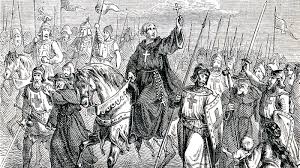
18
St Margaret's, Betley

19
William Caxton

| William Caxton (c. 1422 – c. 1491) was an English merchant, diplomat, and writer. He is thought to be the first person to introduce a printing press into England, in 1476, and as a printer was the first English retailer of printed books. |
20
Henry VIII
The Supreme Head of the Church of England was a title created
in 1531 for King Henry VIII of England, who was responsible for
the foundation of the English Protestant church that broke away
from the authority of the Roman Catholic Church after Pope Paul
III excommunicated Henry in 1533 over his divorce from
Catherine of Aragon.
21
The Dissolution of the Monasteries
The Dissolution of the Monasteries, sometimes referred to as the
Suppression of the Monasteries, was the set of administrative
and legal processes between 1536 and 1541 by which Henry VIII
disbanded monasteries, priories, convents and friaries in England
and Wales and Ireland, appropriated their income, disposed of
their assets, and provided for their former personnel and functions.
22
Puritans
The Puritans were English Reformed Protestants in the 16th and
17th centuries who sought to "purify" the Church of England from
its "Catholic" practices, maintaining that the Church of England was
only partially reformed
23
Mayflower
The Mayflower was an English ship that famously transported the
first English Puritans, known today as the Pilgrims, from Plymouth,
England to the New World in 1620.[1] There were 102 passengers,
and the crew is estimated to have been about 30, but the exact
number is unknown.
24
Mow Cop
Mow Cop is also noteworthy as the birthplace of the Primitive
Methodist movement. Starting in 1800, Hugh Bourne from Stoke
on-Trent and William Clowes from Burslem began holding open-air
prayer meetings.
25
John Wesley
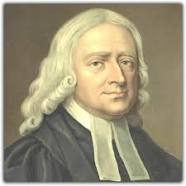 |
John Wesley was an English cleric and theologian who, with his brother Charles and fellow cleric George Whitefield, founded Methodism |
27
O hush the noise, ye men of strife, And hear the angels sing.
Taken from "It came upon a midnight clear".
Yet with the woes of sin and strife The world has suffered long; Beneath the angel-strain have rolled Two thousand years of wrong; And man, at war with man, hears not The love-song which they bring; O hush the noise, ye men of strife, And hear the angels sing.
26
Florence Nightingale
 | Florence Nightingale, OM, RRC, DStJ was an English social reformer and statistician, and the founder of modern nursing. (Wikipedia) Born: 12 May 1820, Florence, Italy Died: 13 August 1910, Mayfair, London |
28
The Salvation Army

| The Salvation Army is a Protestant Christian church and an international charitable organisation structured in a quasi military fashion. (Wikipedia) Founded: 1865 Founders: William Booth, Catherine Booth |
29
Church door, Vicar & Readers
The modern office of Reader was introduced in 1866. It is the office
of a licensed lay minister and, for this reason, a person holding the
office is referred to as a "lay Reader" in many parts of the Anglican
Communion.
30
The Organ
